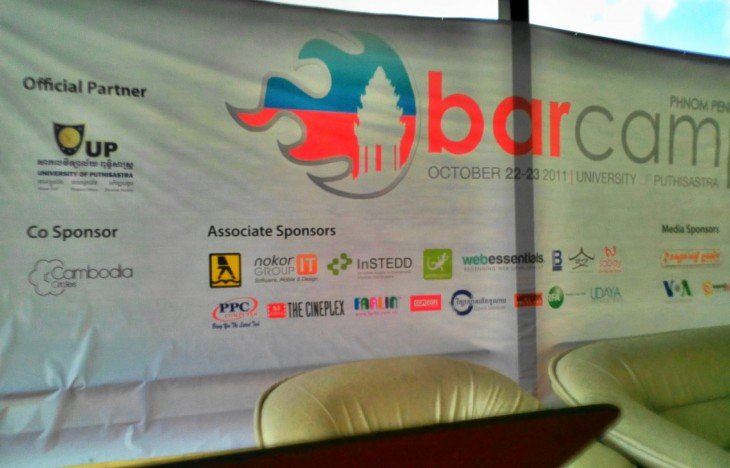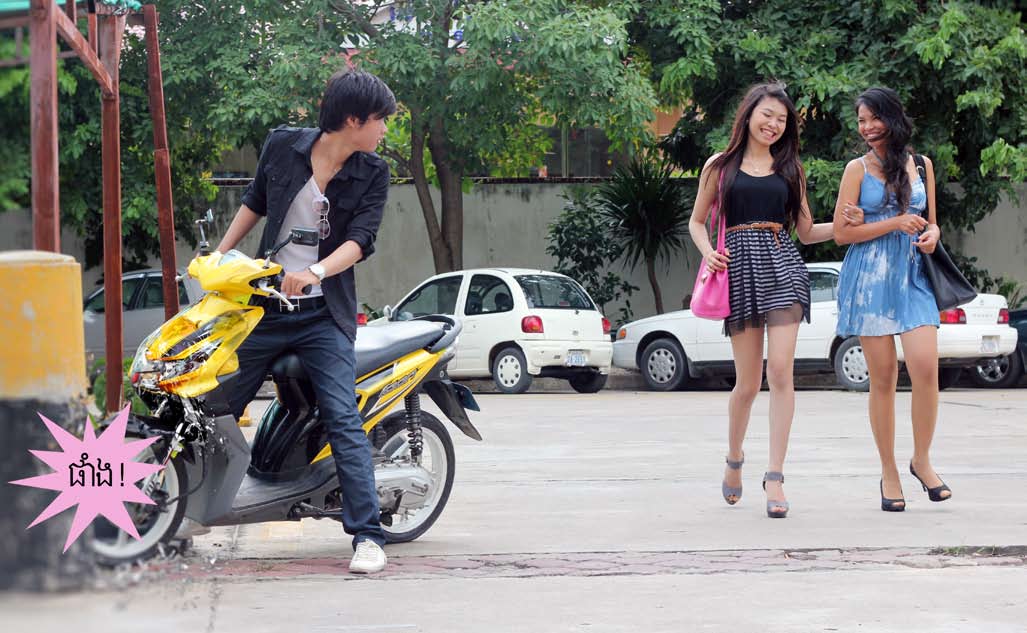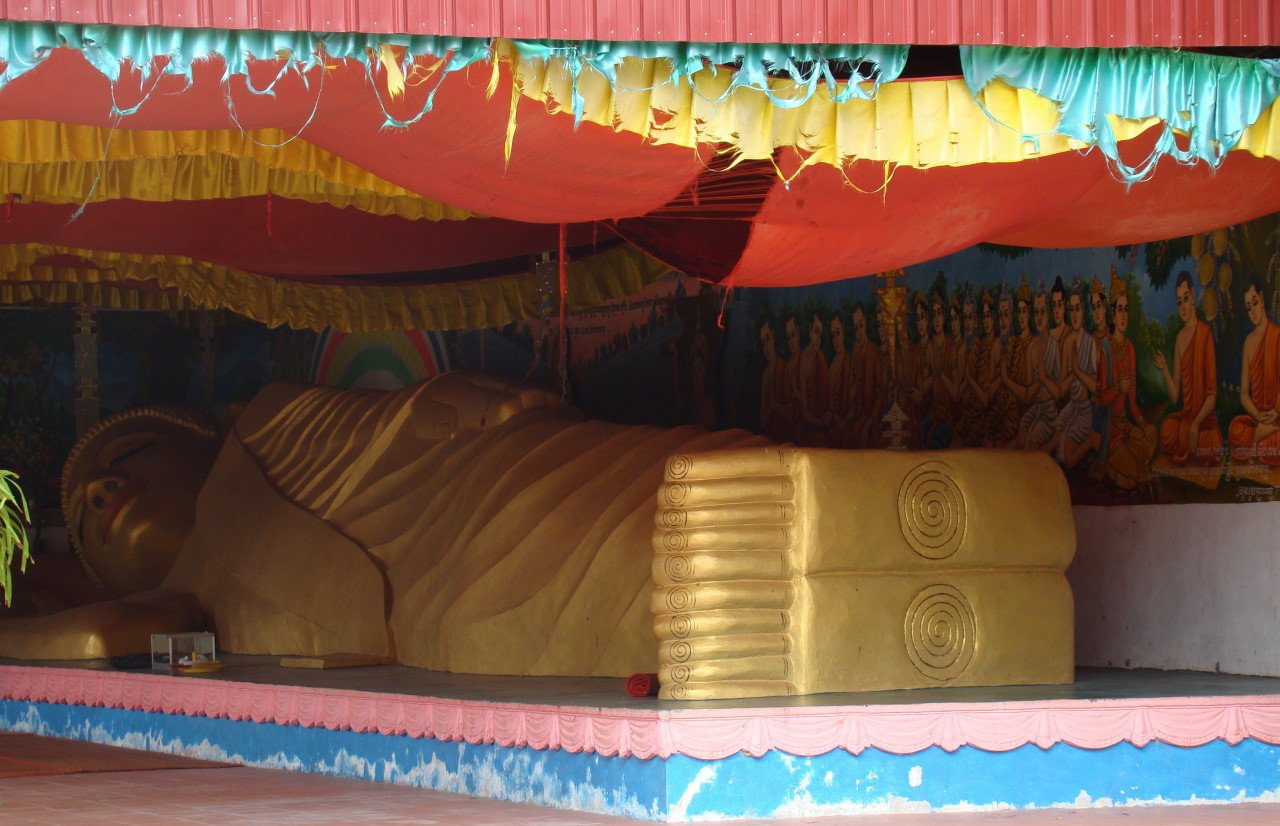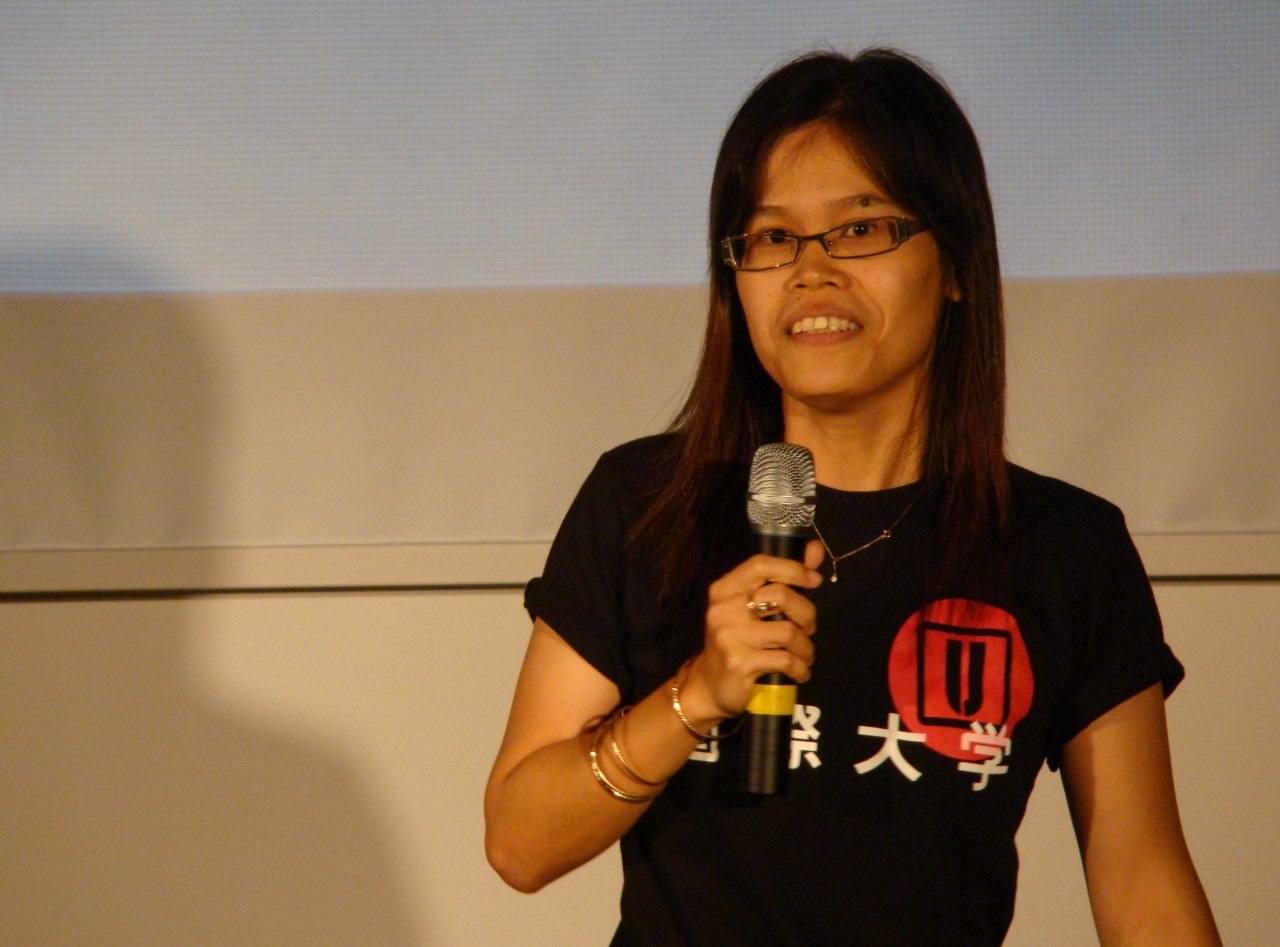A few weeks ago, our constructive Cambodian wrote about the importance of travel for a person understanding of the world and themselves. In this week’s column Dara Saoyuth raises his concerns about the costliness of obtaining a passport in Cambodia and the opportunities and experiences that are being prevented by it

Non-citizen, diplomatic, travel document, and other types of passport / Image via Wikipedia
It is not just a small book with some letters, stamps, and signatures in it, a passport is the official document that identifies you as a citizen of a particular country and, more importantly, allows you to enjoy the benefits and excitements of international travel. In sort, you can’t leave your country without it.
People don’t just need it to travel, every day people must leave their countries to work abroad, pursue their studies, join meetings, conduct business, seek medical treatment and so on.
There are three types of passports: standard, official, and diplomatic. Official passports are reserved for government employees and diplomatic passport is for those people working in diplomatic capacity for a country. So most people will be seeking a standard passport.
In order to travel, most places require that you have 6 months validity remaining on your passport. In Cambodia a passport is issued with three years of validity and the option of extending twice for two years each time, so seven years in all.
Despite the importance of travel for so many people within a modern country, very few Cambodians have ever acquired a passport. It is simply too expensive, and most people don’t even consider it. I must admit that even as a student in Phnom Penh from a more-or-less middle class family, I never considered getting a passport tin my hand until I received a scholarship earlier this year to study abroad in Malaysia. I didn’t even consider at first that I would need a passport to leave the country.
However, with the experience of procuring a passport now under my belt, I can say with certainty that obtaining a passport as a Cambodian citizen in a prohibitively expensive, time consuming and laborious process.
The first step is a trip to passport department to fill out the passport application form and give them a number of important documents that prove your Cambodian nationality, including your family record book, your birth certificate, and your identity card. When I got to the passport office, which was about the same size as a normal house, I was shocked to see about 100 people packed inside.
When I went to the ministry we site to get details on how to navigate the passport process, I found nothing, so I went to a travel agent who proved a much more valuable resource. Eventually I got in touch with an official from the passport agency, who was also helpful.
One thing I learned through these two conversations was that the price of a passport and the waiting time seems to vary depending on who you are and who you ask.
The person from travel agency told me that there are three types of passport pricing: if you pay $136, you have to wait around 50 to 60 days to get your passport, pay $180 and you can get it within three weeks. If you are really in a rush to get going, you can pay $219 to get it within a week.
However, the person from the passport department told me that it would cost $135 if I waited for 60 days, $220 within a week. Not a huge difference, admittedly, but enough to show a lack of standardisation (also, you would think the slight price hike would be at the travel agency, not the government office).
Considering the financial state of your average Cambodian, more than $100 is enough to keep people from considering a passport, and more than $200 is out of reach of just about anybody who is wealthy.
If we look at our neighbouring countries such as Vietnam, Thailand, and Laos, we can see the price is dramatically different. According to a Cambodia Country Study published in 2009 by the Cambodia Development Resource Institute (CDRI), the passport fee is only $12 in Vietnam, $30 in Thailand and $35 in Laos.
Every year there are a lot of people who go outside the country to work as migrant workers to get money to support their families in Cambodia, and it was recognised by civil service organisation, and eventually the government that the high price of passports was preventing these workers, often some of the poorest people in Cambodia, to illegally exit the country, leaving themselves vulnerable to abuse and legal problems.
According to the previously mentioned report by CDRI, the Kingdom’s Prime Minister ordered the Ministry of Interior to make passports free, or as cheap as possible, for migrant workers. The cost dropped to around $45 for migrants who are patient enough to go through the formal process.
The report recommended that “the total fee should be $50 for migrant workers and other citizens ($40 official fee and $10 unofficial fee, assuming that it is impractical to eliminate unofficial fees)”.
One more point I’d like to point out is that the passport process in Cambodia is painfully slow, even compared to other countries. In Cambodia, the best you can hope for, without paying an arm and a leg, is three weeks to get your passport made, while in Thailand and Vietnam it is issued in three to five working days.
Arrived at the place, I was surprised to see more than a hundred of people packed together into a building which is the same size as a normal house. My decision to hire the services of travel agent proved fruitful as I was ushered through the crown and emerged having submitted my application within 15 minutes.
So, until the passport office gets its act together, go through a travel agent. Otherwise, you may be waiting a while.
By: Dara Saoyuth
This article was publish on LIFT, Issue 70 published on May 11, 2011










